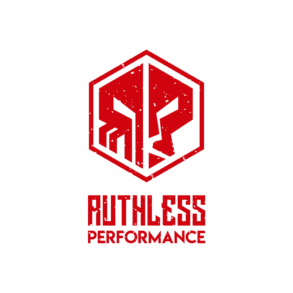The weather is warming up which means dehydration sets in faster. Dehydration has major effects on the body such as electrolyte imbalances, cramping, headaches, and reduced athletic performance, potentially leading to heat stroke and even death. Dehydration varies widely amongst individuals based on their hydration status prior to training, practice gear body composition, type of training, and an individual’s heat acclimation. Therefore, rehydration should be tailored to one’s specific hydration status either pre, during, or post-workout. If you’re feeling bold, here is a formula from the NSCA to determine your sweat rate:
- Step 1. Weigh yourself naked before exercise (e.g., 180 lb).
- Step 2. Exercise for 1 hour (drink normally during exercise but avoid eating) and track your fluid intake (e.g., 4 oz)
- Step 3. Weigh yourself naked post-exercise (e.g., 178.5 lb).
- Step 4. To calculate your sweat rate simply subtract your post-exercise weight from your pre-exercise weight then add the weight/volume of any fluids you consumed.
Example
180 lb (pre-exercise) – 178.5 lb (post-exercise) = 1.5 lb (sweat loss) + 4 oz (fluids consumed during exercise) (0.25 lb) = 1.75 lb of sweat lost per hour
Knowing your sweat loss can give you an idea how much water should be replaced but most importantly it can be indicator of heat acclimation. Training in hot environments can lead to adaptation thus potentially resulting in a decline in sweat loss. A simple and effective way to check to hydration status is by the color of urine. An easy way to remember is by distinguishing two colors; Apple juice color (urine) = dehydrated, Lemonade color (urine) = hydrated.
Here some general quick tips for proper hydration:
- Before workout, check the color of urine. If dehydrated drink, until the color of
 urine looks like lemonade.
urine looks like lemonade. - If workouts are less than 1hr, water is sufficient. Recommendations are 3–8 oz. every 15–20 minutes (a gulp is about 1–2 oz.)
- If workouts are more than 1hr, you should drink liquids with the combination of carbs + electrolytes, 3-8 oz. every 15-20 minutes.
- Note: Fluids may vary depending on intensity of temperature, altitude, and/or humidity.
- After workouts, weigh yourself and for every 1lb lost, rehydrate with 16-24 oz. of water.
- More than a 2% weight loss post workout indicates dehydration so replenish soon.
- Its key to make sure you are replacing not only water, but sodium from sweat loss.
- Its recommended to rehydrate with a carb + electrolyte drink.
- Continue to check hydration status with the color of your urine.
By Jesse Rodriguez
Jesse’s focus and emphasis is on Sports Nutrition. He holds a bachelor’s degree in Nutritional Science with the addition of a CSCS certification from the NSCA. Jesse swam for the El Salvador National Team and competed at the international level. Jesse has worked at USC with the Strength and Conditioning program and UCLA as the lead intern for Sports Nutrition. He is currently a dietetic intern to complete requirements for the Registered Dietitian exam and obtain his professional license. During his free time, Jesse continues to strength train, Olympic lift, and stay up-to-date on the latest nutrition trends. Lastly, Jesse is a member of the Academy of Nutrition & Dietetics, National Strength and Conditioning Association, and Collegiate & Professional Sports Dietitians Association.
